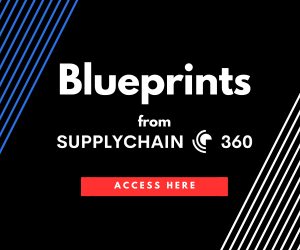The Complexity of the Feed Supply Chain
Feeding a global population of over 8 billion has significant environmental implications. Food systems account for approximately one-third of global greenhouse gas emissions, 70% of freshwater use, 70% of biodiversity loss, and 80% of deforestation. These figures underscore the strain on our systems, with potential repercussions for food security, economic stability, and global health.
The feed supply chain is no exception to these challenges. Producers in livestock and aquaculture often lack insight into the origin and production methods of their animal feed. The complexity of the supply chain, with up to six tiers of suppliers and proprietary formulations, makes transparency and traceability difficult. This opacity can inadvertently support deforestation, overfishing, and human rights violations.
The Need for a Structured Framework
To address these issues, companies require a structured framework to evaluate ESG risks across feed supply chains. This would provide a more detailed understanding of sustainability risks down to the individual ingredient level. Armed with this knowledge, companies can make sourcing decisions that align with their sustainability goals, from pollution reduction to eliminating unfair labor practices.
The Global Salmon Initiative (GSI) and World Wildlife Fund (WWF) have developed an ESG Feed Risk Assessment Tool to assist companies in this endeavor. This tool has already shown promise in the salmon aquaculture sector, which has made significant strides in improving its carbon footprint and traceability.
The Path Forward
Companies should seek out tools that can be applied across the spectrum of stakeholders in the animal protein production sectors. If a tool proves effective in a complex sector like salmon aquaculture, it can likely be applied to less complicated supply chains.
By equipping stakeholders with the right tools, the food production industry can take a significant step towards transparency, accountability, and sustainability in their supply chains. However, transforming our global food system is a collective effort. It requires innovation and collaboration to overcome these challenges and create a system that can sustain a growing population while respecting the planet and its inhabitants.








